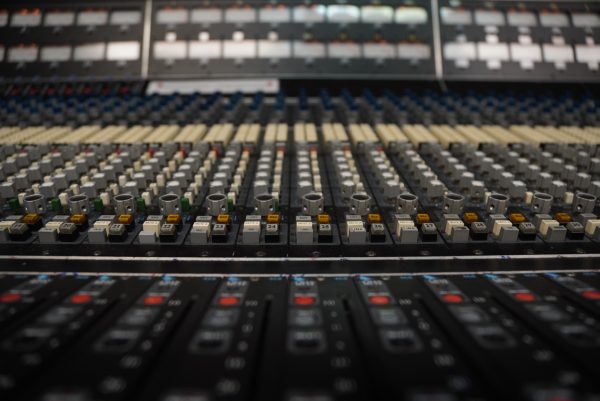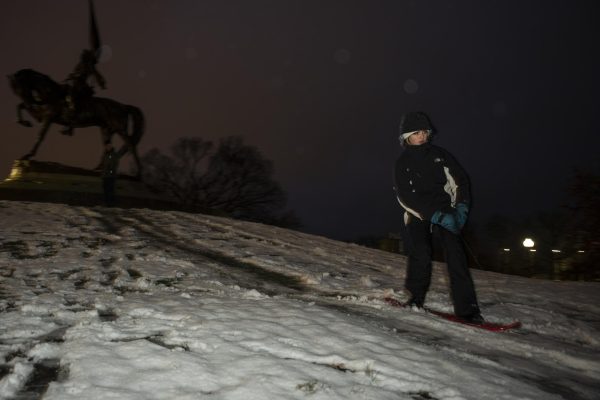Columbia faculty to release pictorial book of college’s history in March
January 24, 2011
A 200-foot-long library exhibit from 2007 that chronicled Columbia’s history led two school administrators to create a pictorial book on the college’s past.
Conrad Winke, associate dean of the Library and Academic Research, approached Heidi Marshall, head of College Archives and Digital Collections for the Columbia Library, with the idea of creating a book after he saw the Columbia-themed timeline she created.
Winke then came up with the idea to spin Marshall’s work and create a pictorial history of the college. The book will also feature caption-like text.
Marshall, whose role at the college is to preserve its history, said the book’s purpose is to give readers an idea of where Columbia came from.
“It’s a fascinating history,” Marshall said. “Archives aren’t supposed to be the only place that [have] pictures and history. I want everybody to see some of the pictures from our past.”
The book will be published through Arcadia Publishing’s Campus History series and will be available for purchase on March 21.
“It’s the first time the college’s history has been researched and documented,” Winke said. “I’m hoping it will put to bed common misconceptions [about
the college].”
Winke and Marshall said a one such misconception people have is that the college started as a school for women, but the school has been co-educational since
its inception.
Columbia was founded in 1890 as the Columbia School of Oratory and began to focus on the growing fields of radio, television and other communication outlets in the 1930s, according to the book’s description on the Arcadia Publishing website.
Junior arts, entertainment and media management major Allie Smith said if the history book is affordable, she will consider purchasing it.
“It would be a nice book to have to see the history of the college, especially if it [were] a picture book. That would be cool,” Smith said. “[I would like to see] famous
people who have gone to Columbia and made a name for themselves after graduating.”
According to Marshall the book has been a great experience for her. She said not all of the college’s records were on campus, and she had to check other sources.
Marshall said she was able to find information about Columbia at the Chicago History Museum, Illinois Institute of Technology and the Chicago Symphony Orchestra. She said knowing exactly what locations the college used in the past was a way to find who might have interesting information now.
“Sometimes [it takes] doing a little bit of detective work,” Marshall said. “For the most part it works well because they might not have something, but they usually have a lead about where else to check.”
Winke revealed Columbia once occupied the main building at Roosevelt University, 430 S. Michigan Ave. He also said Columbia used space in the building Roosevelt has torn down for its new building, the Wabash Project, 425 S. Wabash Ave.
The forward for the book was written by Columbia President Warrick L. Carter, who Marshall and Winke said has been supportive throughout the process.
Carter originally wanted to create the book in-house so it could have a Columbia look and feel, but the economic crisis in 2008 proved Arcadia would be a cheaper outlet, according to Winke.
Marshall said adding the college’s history to the Arcadia College History series will compliment the college’s published work.
“It’s a nice way to get the word out about the college,” Marshall said. “[To] show people publically what a good place Columbia is and the terrific history the college has had.
The book is available on pre-sale from Amazon.com for $14.95. Arcadia Publishing’s website, ArcadiaPublishing.com, lists it for $21.99.







